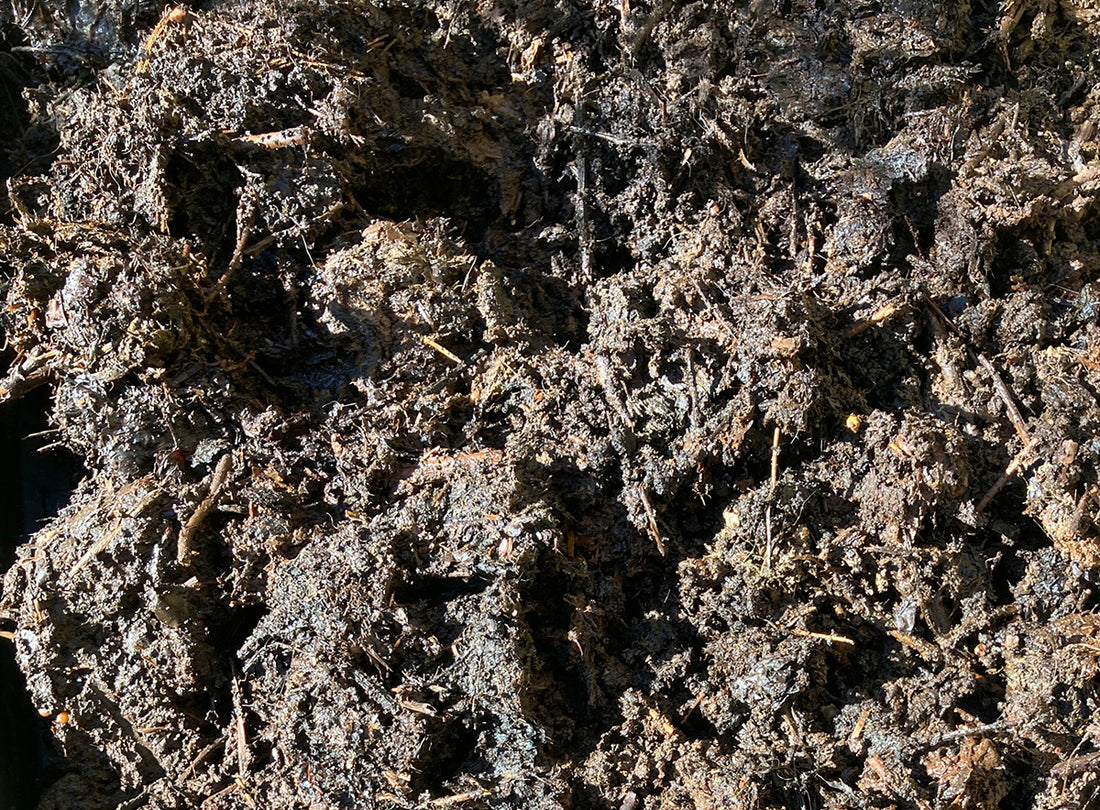All About Humus and Compost
Most gardeners just 'know' when compost is good - they use it and they see the benefits in terms of plant growth etc. Perhaps less well known is that humus (see definition below) is critical to soil structure, tilth, fertility, etc. It is hard to grasp just how many aspects of life on earth are linked to humus - agriculture, sustainable agriculture, reduction in inorganic fertilisers, peat, carbon sequestration, biochar, desertification, land rehabilitation - the list goes on.
What Is Humus?
Humus is the long-lasting dark organic matter that forms in soil when dead plant and animal matter breaks down further, specifically through the action of anaerobic bacteria.
Is Humus Good For Your Garden?
Yes – It is definitely good for the garden. Humus has many nutrients that improve the health of the soil and improves the formation of good soil structure. Humus also helps the soil retain moisture by creating void spaces in the compost and increases water retention. The higher quality, well decomposed compost you can add into your soil, the higher the water retention and the more drought resistant your garden will become. The more humus in your compost the better for your plants, soil and the environment. Soil science indicates humus is one of the most important items in soil fertility. Nutrients from decayed material end up in the soil at some stage and these nutrients are retained and made available for plants via humus.
Are Humus and Compost Different?
Yes, 'mature compost' and 'humus' are not the same, although compost will contain humus. The more humus in your compost the better for your plants, soil and the environment. There is an awful lot of soil fertility and soil science that indicates humus is one of the most important items in soil fertility. Nutrients from decay end up in the soil at some stage. These nutrients are retained and made available for plants via humus. It is a sad and growing fact that nitrates and other nutrients added to soils tend to leach very quickly from soils with low humus content. In gardening, the term 'humus' is often used to mean compost. In soil science, humus is the common group name for humic substances, i.e. fulvic acid, humic acid and humic.
The properties of humic substances include:
- Dark brown (almost black) appearance, mushy, sticky and watery
- A colloidal mass, i.e. it holds many times its own weight in water - squeeze humus and water will come out
- Humus contains nutrients in two forms: o Soluble Ions - The water in humus dissolves and holds the critical plant nutrients (NO3- nitrate ion, NH4 - ammonium ion, SO4 Sulphate ion). As soluble ions, plant roots can easily absorb the nutrients – much like a liquid feed. o Metal Ions/Cations - Humus has the capacity to hold and exchange cations (e.g. metal ions such as sodium, calcium, aluminium, iron). Soil cation exchange capacity "CEC" affects soil fertility – CEC increases as you move from poor soils (e.g. heavy clay) to good (e.g. rich loam).
- Humus is highly resistant to further mineralisation (decomposition). It is routinely carbon-14 dated at 200-500 years old.
- Humus is made of large polymeric chains. However, when extracted for chemical analysis, it has the following constituents: humic acid, fulvic acid and humin. This family of aromatic ring compounds are used as building blocks linked in many different ways to create a complex polymeric substance.
Is There Humus in My Compost?
Compost contains humus, but there is no standard set for how much (the %). We believe most mature composts have around 10% (+/- 5%) humus. If you compared this to a commercial 'humic fertiliser' derived from ligninite, this would have >65% humic content. The exact amount of humus is likely to vary with each batch of compost. Compost is not routinely tested for humus/humic content. The key reason for this is due to the complexity and cost of testing for fulvic acid, humic acid and humin - they need complex laboratory tests to determine its presence. We have found the following indicator of humus useful (based on the key property of humus - ie it is a colloidal material): Take a handful of compost and squeeze it - it should ooze moisture between your fingers. Now roll between your palms into a ball. Leave the ball for a couple of hours in the sun (or on a dry surface). Come back and try rubbing the dried ball between your fingers. • If the ball crumbles into a neat pile of small flakes – our view is it will be low in humus • If the ball splays between your finger and thumb into a flat sheet, and you can roll it for ages before it breaks down into crumbs, our view is this indicates high humus content. (Soil scientists call the sheet a 'thread'. Colloidal materials behave this way). NB: this method is used in soil science to indicate the presence of colloidal clays. So, if you have added a lot of soil or turf sods to your compost you will probably just be noticing the effect of clay rather than humus!
Other Names for Humus
There are numerous names to describe humus and commercially available humic materials. These include: humates, humic acid, leonardite, brown coal, lignite, slack lignite, oxidized lignite, weathered lignite, humalite, fulvic acid, fulvates, ulmic acid, humic shale, carbonaceous shale, colloidal minerals, humin, concentrated humus, soil organic matter, peat, humus acid, humus coal.
Want to know more about humus? You can browse J Stevenson - Humus chemistry.




